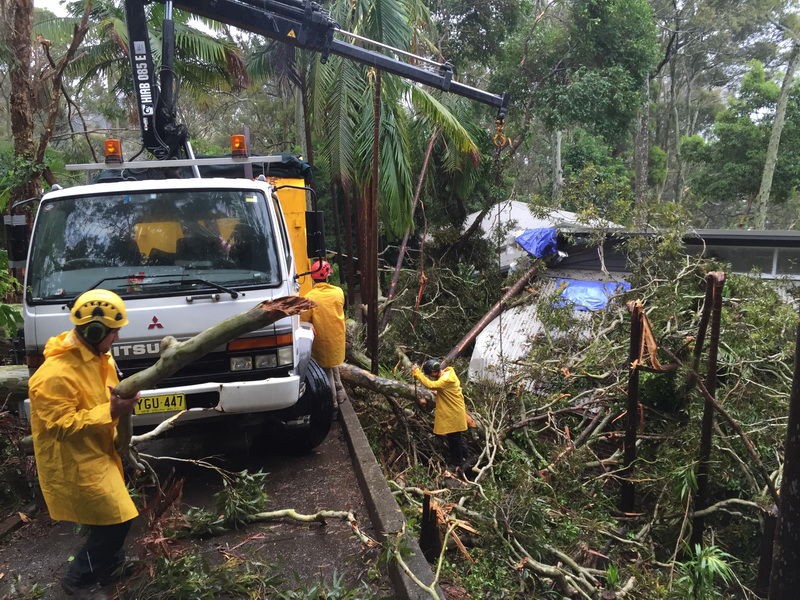A stunning, properly maintained landscape adds worth to a residence or company. Producing a landscape as such is quite an investment, calling for significant time, power, as well as money for facility and also upkeep. In order to maintain this financial investment, it is very important to familiarize the indicators of troubles with landscaping trees. Identifying signs of tree conditions can motivate much required interventions, which may turn around or heal the tree’s ill. This post will certainly examine one such tree disease– origin rot.
Basically, origin rot is as it sounds. The root of a tree begins to rot. Root rot is an effect. So what, after that, is the cause? It may be caused by two problems, both a straight outcome of overwatering. One feasible problem as a result of overwatering is an overall absence of oxygen, without which a tree can not make it through. An additional possible concern arising from overwatering happens when a formerly dormant fungi in the dirt is turned on as well as attacks the origin. The fungi will ultimately trigger origin rot as well as likely kill the tree.
If trees inexplicably display wilted or tarnished leaves, start to shed leaves, specifically outside to autumn, or have an overall poor or harmful look, then there might be a start of root rot. Enhanced opportunities for this might exist if these indications came to be existing adhering to an occurrence, or duplicated occurrences, of overwatering. Overwatering may be the result of a willful effort to endure the tree by a homeowner or local business owner or may be the result of inadequate drainage by natural falls, such as rain. Whichever the instance, damages may be done.
It’s also feasible that origin rot might affect trees whose origins have actually been damaged by mower blades or have or else been nicked as though roots can be directly and also adversely affected.

If conks exist on a tree, then root rot is also present. Conks are shelf-like fungi that grow as a result of and also flourish when there are deteriorating or rotting origins. The presence of conks is also a practical step whereby root rot damages might be approximated. As an example, the even more conks there are, the much more sizeable they are, and the more tree area enveloped by them, the a lot more serious the root degeneration.
If the root system or bark of the lower part of the tree trunk is dark-colored, conveniently gotten rid of, or friable, root rot is most likely. This may be one of the most noticeable indication of an issue with root rot. Nonetheless, if you are still unpredictable, get in touch with an Austin tree trimming expert, that can offer expert assistance concerning the health and wellness of your landscape design trees.
Since avoidance of origin rot is the very best way to maintain healthy landscaping trees, it is fairly essential to acknowledge the indicators of it. Nevertheless, if you have a tree that you believe is indeed dealing with it, you can speak to an Austin tree removal expert, who can assist you with identifying the most effective course of action, especially beneficial info as well as support if elimination of the tree is the most effective or option. They can recommend concerning chemical treatment of the soil.
An Austin arborist can additionally efficiently speak to measures you can require to stay clear of injuring the roots of a tree in order to protect against vulnerability. If you choose for aesthetical reasons to replant in the same area as a previously affected tree, be particular to get in touch with an Austin stump elimination specialist. It is necessary that every one of the stump as well as roots from a previously influenced tree are correctly eliminated to lessen the opportunities that a brand-new landscaping tree will endure the same fate.
For more information, visit Trees N Stumps R Us, where they discuss various subjects such as tree removal.
